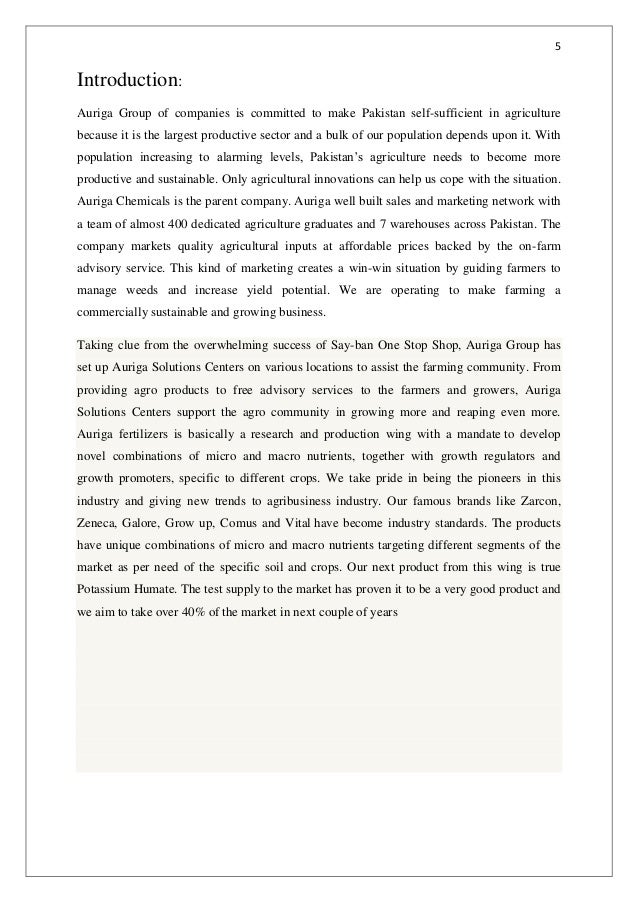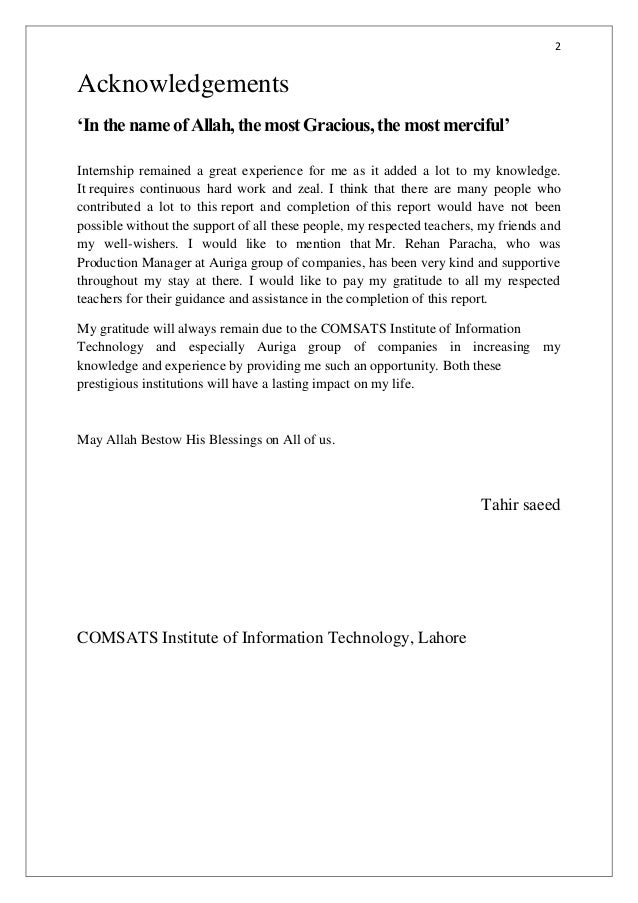Field studies were conducted in 2012 and 2013 to evaluate weed and insect control efficacy with glyphosate at 1 230 g ai. (active ingredient). By choosing suitable insecticide mixing partners with glyphosate, thereby reducing the application costs without sacrificing. However, many times pesticides work in an antagonis. Read reviews from world’s largest community for readers. Understanding why there are weeds - they are not a mistake of nature, but rather pl. READ: Herbicides, Not Insecticides, Biggest Threat to Bees. But it turns out that herbicides used to control weeds can spell even bigger trouble for bees. Plant an organic garden without the pesticides that harm honeybees! Provide a water source on your property – bees love clean water to drink!
“Low biological activity is inherent in each weed problem. Each weed is keyed to a specific environment slotted for its proliferation.” So says Weeds — Control Without Poisons author Charles Walters. Further, calcium, magnesium, potassium and other elements in equilibrium are likely to roll back more weeds than all the available herbicides on the market.
Specifics on a hundred weeds, why they grow, what soil conditions spur them on or stop them, what they say about your soil, and how to control them without the obscene presence of poisons. All cross-referenced by scientific and various common names, and a pictorial glossary.
Copyright 1991, 1999, softcover, 352 pages.

Info: Left-Click below on links to run software and Right-Click to Download. MACRO ALERT: Some of these spreadsheets contain macros to help print results for the program. You can download these spreadsheets to your computer but may still get a warning about macros. If you choose to open the spreadsheet on the Web, you may get a security message if your security settings on your computer are set at the highest level.
If you get a security warning, click okay. The program will open on the Web, but the print macros will not work. Software This program allows the user to estimate the amount of Animal Unit Months (AUMs) of forage required and tons of hay required for up to four different groups of livestock. The program estimates the forage required based on the weight of different types of animals (bulls, cows, calves, yearlings, horses, sheep and wildlife) and the length of time each type of animal gets its nutritional needs from grazing. This program does not account for the possible differences in range land production and animal needs. Ueberschall balkan lines keygen download.
It only considers the needs of the various types of animals for the length of the grazing period desired. The basic assumption behind this approach is that management of the groups is assuring the actual range land is producing the forage required to meet the animals needs. Two separate estimates are provided for AUMs required. The first is based strictly on the length of time the animals get their nutritional needs from grazing. This estimate is done without regard to where the animals are grazing. The second estimate allows the user to enter a detailed pasture rotation using the number of animals of each type, the time on and time off of each pasture to help determine if the pasture rotation, based on management consideration for the actual forage available in a particular pasture, is supplying adequate forage for the entire group of animals. The requires for the groups entered are summarized for comparison and to show total AUMs required for the operation.
(Formerly Livestock Partial Budgeting) This spreadsheet will analyze changes in a cow-calf operation using a financial analysis approach and a partial budgeting format. The user enters the income, expenses, and other cash inflows and outflows for a normal operation, then specifies up to 6 alternative production, marketing, or other methods of operation. Each alternative requires the user to specify what changes would be made 'relative to the base operation.' Revised January 2008 Allows the calculation of break-even prices for a wide range of starting prices and costs of gain for feeder livestock. Calculates the profitability of putting calves on feed through the winter period. (Revised January 2012) Average monthly futures and feeder cattle prices and average monthly cash prices and basis data for selected weight groups for steers and heifers from 1983 through 2006.
Steer cash price and basis data for 400 to 500 pounds, 500 to 600 pounds, 600 to 700 pounds and 700 to 800 pounds. Heifer cash price and basis data for 400 to 500 pounds, 500 to 600 pounds, 600 to 700 pounds. (Revised March 2012) This spreadsheet estimates enterprise budgets for cow-calf operations, back grounding/feeding for various lengths of time and running stockers on pasture. The spreadsheet uses an economic approach to estimating profitability of these three phases of commercial beef production faced by cow-calf producers in the northwest.
The spreadsheet also allows the user to calculate a share lease percentage for the cow-calf enterprise. The cost contributions approach to leasing is used to estimate an equitable percentage share of the revenue for the cow owner and the person running the cows on a day-today basis. The cost contributions approach assumes that an equitable share of revenue is the same percentage share that each party pays for the costs of the cow-calf enterprise. The spreadsheet estimates the profitability for the cow-calf enterprise as a whole and also estimates the profitability for the both the cow owner and person running the cows if a lease is in place. The spreadsheet also estimates cash lease rates for the cow-calf enterprise using the share lease calculations as the starting point.
Weeds Control Without Poisons Pdf To Excel Formula

Calculates the ownership and operating costs for a commercial beef enterprise. (Updated March 2012) Enterprise budgeting for a ewe flock operation.
Calculates both variable and fixed costs and shows both cash flow and profitability analysis for a ewe flock enterprise. Calculates the profitability of putting steers or heifers on summer pasture.
Calculates the break-even prices necessary to cover all production costs and also calculates the break-even purchase price with a given sales price. Can be used in conjunction with CALFWINT to estimate break-even prices necessary for yearlings. This template allows users to enter average information about the revenue and expenses related to a cow calf enterprise. The user can then examine the impact on profitability of substituting hay purchases for a loss in AUMs of grazing for any r 3/29/12 etc. Average cow-calf enterprise costs are included as a guide for required data entry. Calculates calf performance statistics for cow-calf operations.
This template will handle any number of cattle if mating is not known. Follows Beef Improvement Federation performance guidelines but breed specific adjustment factors can be entered by the user. Calculates one year of performance statistics and does not keep cow histories. If using Excel 97, both Microsoft patches/updates SR-1 and SR-2b must be installed. You may also want to install the Microsoft Date Migration Wizard. These can be downloaded from the Microsoft web site free of charge. Excel 2000 runs this template without the updates.
Updated to include calculating custom rates for haying systems. This spreadsheet allows the user to estimate the operating and ownership costs of a specific type of haying systems. The user must enter machinery and equipment information for various types of systems, round bale, small square bale, large square bale, or some combination of these systems they use to put up hay. The user must specify the type of machinery and equipment used for cutting, raking, baling and hauling and stacking. The program estimates the machinery costs for each of these steps and if desired, lets the user develop enterprise budgets for the haying and stand establishment enterprises. This template allows the user to evaluate changing herd sizes in response to cattle cycles or drought conditions. The user must enter information about their current situation and what they want to evaluate over time.
Alternatives that can be considered include selling all or part of the breeding livestock and leasing the remaining resources (hay & grass), holding additional heifer calves at weaning, purchasing replacement animals which can be either young breeding stock or short term cows, or some combination of the above. The analysis shows both inflation adjusted income and expenses and a discounted (net present value) analysis of the income and expenses for a given herd management strategy. (Revised Janauary 2012) LRP is an insurance product available through the Risk Management Agency for several types of livestock.
LRP insures against a possible decline in livestock prices. This insurance product has been available for several years. With the addition of LRP, producers have several alternatives to protect livestock prices, including the use of standard marketing tools such as futures and options.
Each of these tools offers a slightly different level of price protection at a given point in time. To help evaluate the use of these tools, this software was developed to provide a side-by-side comparison of the price protection available from each tool and the parameters that affect each tools performance.

An example is the ability to insurance the exact number of head desired using LRP while futures and options contracts come in 50,000 pound increments. This often means a producer is either over or under protected when using futures or options. The software prorates gains or losses from using lumpy contract sizes over the actual Cwt. Of animals involved. Variability of other market specific parameters can also be explored to fit an individual producer’s specific needs. Economic analysis of long-term weed control.
Uses a capital investment analysis to determine the economic feasibility of controlling noxious weeds. This program allows the user to estimate the development costs, or the profitability of a ranch horse development enterprise. The user is required to enter the operating and ownership costs that apply to a ranch horse enterprise. This budgeting software does not include a breeding program, only the development costs that follow a breeding program. This program analyzes the use of sheep for grazing grain stubble to control insects.
It can be sued to evaluate options for grazing sheep owned by someone else or sheep owned by yourself. Input in the program is collected for the small grain enterprises that might be grown on an operation and the changes in profitability and cash flow that would occur substituting sheep grazing for inset or weed control. The example included in this program is very simple, including only the possible changes that would occur if allowing someone else to bring sheep in to graze your grain for insect control. The program allows up to six alternative methods of operation to be compared side by side for profitability and cash flow analysis. Results of the changes are shown relative to the base case.
(left click to run program; right click to download program ) This program allows the user to compare treatment scenarios of alfalfa weevil. The scenarios include the benefits of 1) treating an existing weevil problem that has not previously been treated, 2) treating a new weevil problem with either chemical or grazing sheep on the alfalfa, and 3) treating an existing weevil problem that has been treated in the past with chemical by grazing sheep instead of using chemicals. This project was funded in part by Western Region SARE Project SW07-013. If you have difficulty running this program, update your Flash Player to the current version using the link below. This is a free download and it installs easily. Flash Player web link: (This is a free download) MSU Extension is no longer providing support for these pages. Montana State University Extension Economics P.O.
Box 172800 Bozeman, MT Tel: (406) 994-3511 Fax: (406) 994-4838.